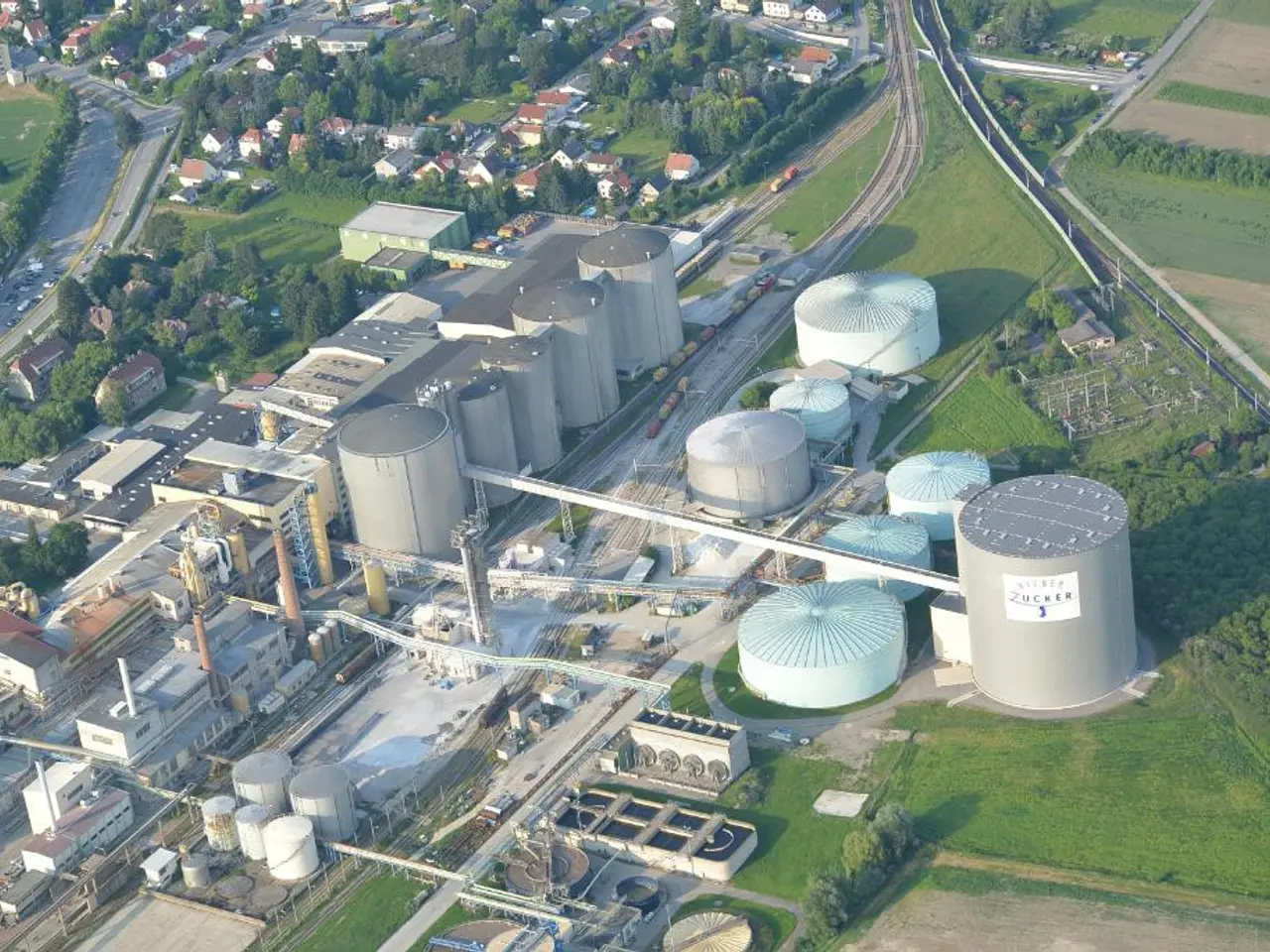Construction of 1.5 million residences in Toronto, primarily with increased density and taller structures in transit-oriented areas, envisioned by Doug Ford's administration.
Ontario has officially approved a plan to build 1.5 million homes in Toronto over the next 25 years, focusing on denser, taller buildings near transit stations to meet this ambitious target. However, the province is currently falling short of its interim housing targets, raising questions about whether the goal will be met without significant acceleration and overcoming existing operational hurdles within the home construction sector.
Current Status and Feasibility
In 2024, Ontario had only about 94,753 housing starts (including traditional homes and alternative residential units), well below the needed 125,000 starts for that year to stay on track for the 1.5 million goal by 2031. The province reached approximately 75% of its 2024 target, even after including long-term care beds and other counted units.
The government has invested heavily, increasing funding (e.g., $1.6 billion more into the Municipal Housing Infrastructure Program) and providing municipalities tools to accelerate housing development. However, challenges remain, such as municipalities not being able to force developers to pull building permits even when approved, which slows actual construction starts.
Recent policy changes aim to focus on high-density development near 120 major transit stations in Toronto, expected to support construction of 1.5 million homes.
Growth and Transit Usage
Growth in the designated areas is expected to encourage an uptick in transit use, reducing traffic congestion. The mayor and Housing Minister Rob Flack have stated they will be in constant communication to get the plan passed. Ontario gained 500,909 new residents last year, with more than half in Toronto.
Mixed Reactions and Concerns
The plan is being met with skepticism due to these past issues and the need for clear details about its implementation. Key voices, such as Jennifer Keesmaat, former Toronto chief planner and current CEO of a development company, have expressed anxiety to see the details of the plan and skepticism about its delivery due to missed housing targets and declining starts in recent years.
Karen Chapple, director of the University of Toronto's School of Cities, expressed concern about the lack of a major financing strategy for infrastructure around the new housing and transit developments. The city council previously voted against allowing sixplexes citywide due to concerns about traffic congestion.
The plan aims to increase density and building height around transit, with 53,000 of the new units designated as rent-geared-to-income housing. The plan is intended to achieve the shared vision of Housing Minister Rob Flack and Mayor Olivia Chow of building more housing "where it makes most sense" and "where people want to live."
Infrastructure and Financing
The city needs to ensure it has a financing strategy in place to pay for infrastructure necessities like schools and public spaces around the new housing and transit developments. The city council is currently reviewing the plan to build 1.5 million homes in Toronto over the next 25 years, with the next meeting scheduled for October.
The plan's success will depend on its implementation and the ability to overcome operational hurdles within the home construction sector. The new strategy of densifying near transit and boosting municipal infrastructure funding is intended to improve feasibility but has yet to fully close the gap.
- In light of Ontario's ambitious plan to construct 1.5 million homes in Toronto over the next 25 years, the city council is currently reviewing the strategy to ensure it has a financing plan in place for infrastructure necessities like schools and public spaces around the new housing and transit developments.
- The new strategy focuses on high-density development near 120 major transit stations in Toronto, aiming to boost municipal infrastructure funding and reduce traffic congestion by encouraging an uptick in transit use.
- However, the plan is being met with skepticism due to past issues, such as missed housing targets and declining starts in recent years, and the need for clear details about its implementation.
- Key voices, like Jennifer Keesmaat, former Toronto chief planner, and Karen Chapple, director of the University of Toronto's School of Cities, have expressed concern about the lack of a major financing strategy for infrastructure and traffic congestion.
- The city aims to increase density and building height around transit, with 53,000 of the new units designated as rent-geared-to-income housing, as part of a shared vision with the government to build more housing "where it makes most sense" and "where people want to live."








